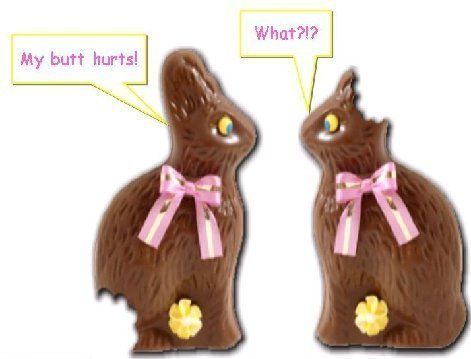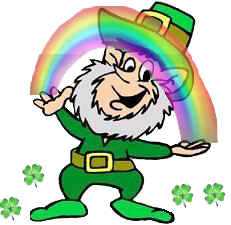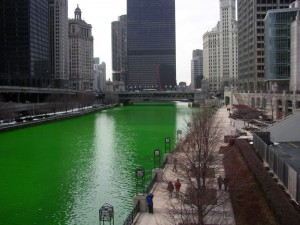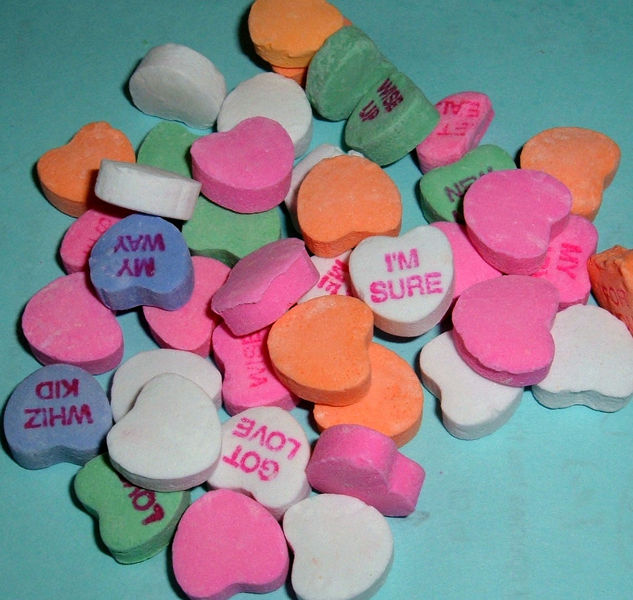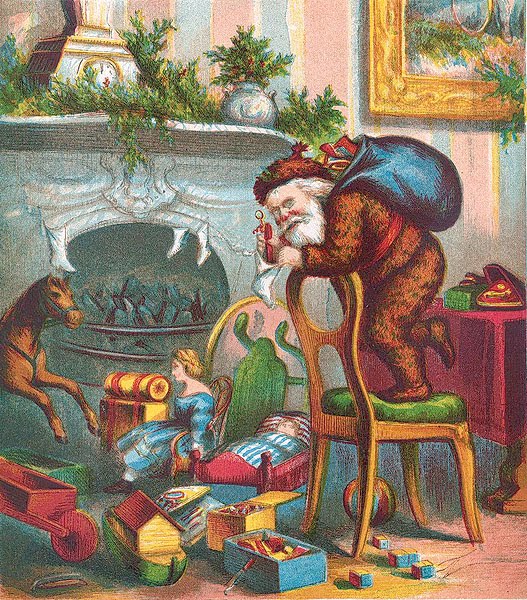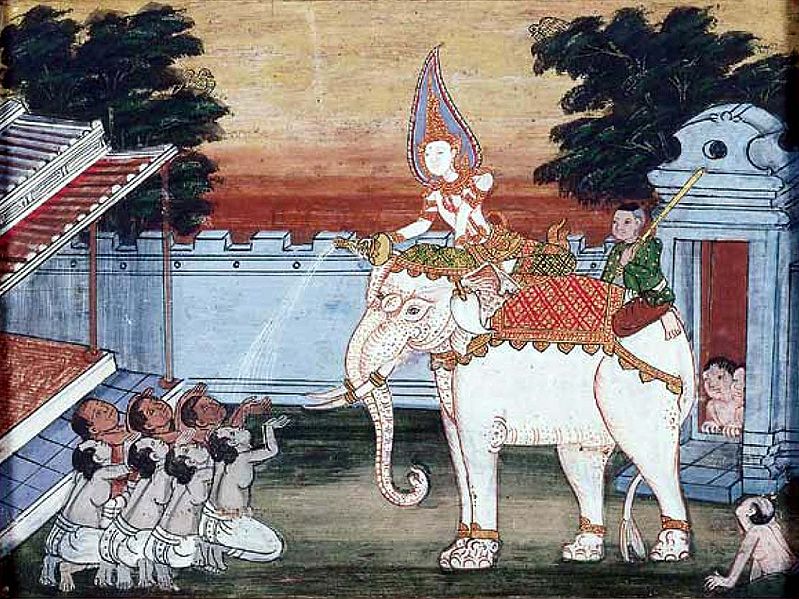This Sunday is Easter. Even though Easter is the day on which Christians celebrate the resurrection of Jesus Christ, many people in the U.S. observe it as a secular holiday celebrating the arrival of spring. Due to its connection to the crucifixion and resurrection of Jesus, the date of Easter is tied closely to the Jewish holiday of Passover, and so is based on the lunar calendar. Since Passover is celebrated in conjunction with the full moon, the Church decided to celebrate Easter on the first Sunday after the first full moon after the vernal equinox (the day in the spring when day and night are of equal length). Consequently, the date of Easter is not fixed, but jumps around from year to year. In particular, this year Easter falls on April 8.
The main figure in a non-religious celebration of Easter is the Easter Bunny. The Easter Bunny brings children a basket full of colored eggs, chocolates (particularly rabbit-shaped chocolate), jelly beans, marshmallow chicks, marshmallow eggs, and other sweet things that give dentists nightmares 🙂 ! Oftentimes, a cuddly stuffed animal or other toy will be included in the Easter basket. It is also somewhat customary to dress up in a new Easter dress and hat (or bonnet) (girls) or pants, suitcoat, and tie (boys) as the winter clothes are put away and exchanged for the new, fresh fashions of spring.
Most people do not do Easter decorations, but it is traditional to get a white lily known as an Easter lily (Latin name: Lilium longiforum). These flowers are very fragrant, and the white color symbolizes purity.
Other Easter traditions include eating a special dinner, generally ham or lamb. Most stores are closed on Easter, but a number of restaurants remain open, so some people prefer to go out to eat instead of cooking an elaborate dinner at home.

